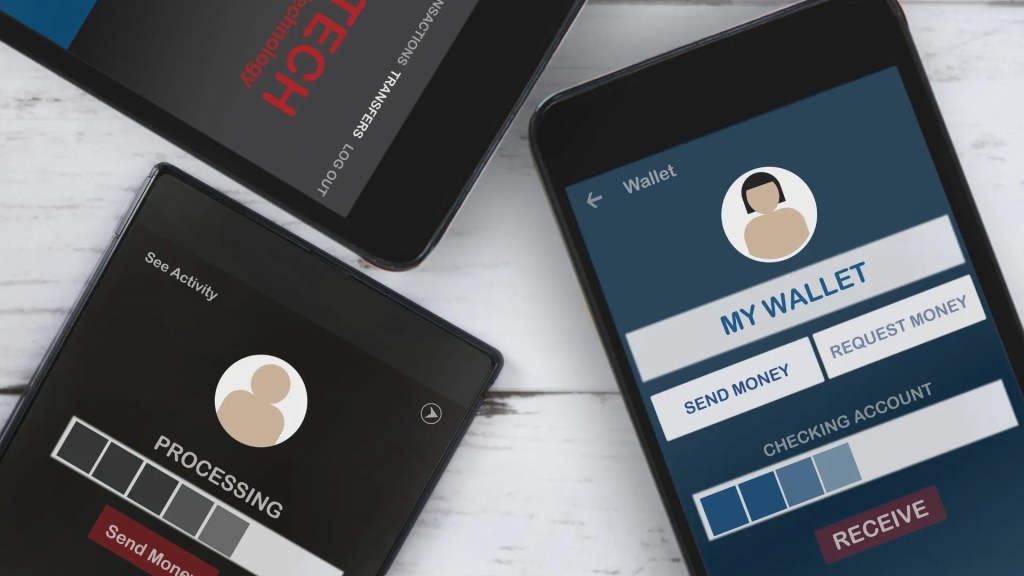The Asian nation’s P2P lending sector is quivering like a house of cards after KoinWorks became the second major fintech player in just over a month to find itself in serious trouble.
Investree, the poster child of Indonesia’s booming peer-to-peer industry, had its license yanked last month by authorities, who said the company had failed to meet minimum equity and other basic requirements.
Read more: Indonesia P2P mess: Lending a hand or losing it all?
Former CEO Adrian Gunadi is also accused of siphoning off funds into his own accounts—including about 10 billion rupiah ($640,000) from one group of investors—before going on the run.
KoinWorks is now the latest in the hot seat after its subsidiary, KoinP2P, disclosed payment delays to some lenders. The company cited fraud worth $23 million by an intermediary borrower. (Ouch.)
P2Pffft?
Indonesia has already pulled the plug on 66 P2P lenders since 2020, according to the country’s financial services watchdog OJK.
The KoinWorks drama raises further questions about the sustainability of Indonesia’s P2P lending sector. Peer-to-peer lenders provide a platform where regular folks (like teachers or office workers) can lend money to small businesses or farmers, and rake in much higher returns than they’d get keeping their money in the bank.
Globally, the sector is set to grow from $190 billion last year to $1.5 trillion 2031, according to SkyQuest, a market research firm. It’s taking off in a major way in emerging markets like Indonesia, where there are more than 64 million micro, small and medium enterprises that don’t have easy access to credit.
But what makes P2P so popular in emerging markets is also what makes it risky. We’re talking about countries with big informal economies, where many people are paid in cash and are unbanked, making it harder for lenders to assess creditworthiness and track delinquents.
Just look at China. Its P2P sector virtually imploded in the 2010s after a wave of defaults.
Indonesia’s not quite there yet, analysts say. But perhaps unsurprisingly, nonperforming loans are much more common in the P2P corner of the market.
- Of the 97 licensed P2P fintech lending platforms in Indonesia, 22 have unpaid loan rates that blow past the 5% limit set by OJK.
- KoinP2P’s non-performing loans rate stood at 8.89%. With lenders complaining, loudly, about stalled payments, KoinP2P is now facing serious heat from the regulators.
Under the microscope
OJK has summoned KoinP2P’s leadership to lay out the facts and pull together a credible recovery plan. This includes pushing stakeholders to pump in fresh capital to keep the show running and restore public trust.
OJK’s also conducting a deep dive into KoinP2P’s policies, governance and risk management—and looking into whether anyone’s been breaking the rules.
If things don’t stack up, the consequences could be severe—with potential sanctions including pulling the company’s license to operate.
Unlike Investree, the KoinP2P case involves alleged fraud by an external party. But it’s all the same to lenders who are facing losing their money either way.
With the elevated risk of default, P2P lenders that manage to stay afloat will need to step up their game, Nailul Huda, director of digital economy at the Digital Center of Economic and Law Studies, told MONIIFY.
That means credit scoring systems and e-Know Your Customer processes. You know, all the things that regular lenders use to minimize risks and keep the books clean. (Because right now, it’s all looking pretty messy.)
What’s the play?
If all that drama hasn’t put you off the P2P model, here are a few things to think about before you invest.
- Find out as much as you can about how well it’s resourced and managed.
- Because P2P platforms let you lend on your phone at the click of a button, it can be easy to assume they’ve done the homework for you. Bad move. Always find out as much as you can about who you’re lending to, and whether their business is sound.
- Balance your portfolio. That means don’t put all your money into P2P, even if the returns seem higher than other investments. Make sure you balance higher risk punts with more conservative plays.






